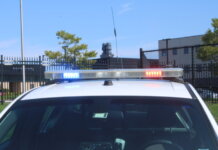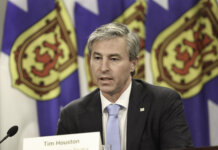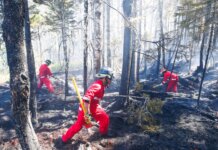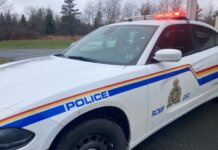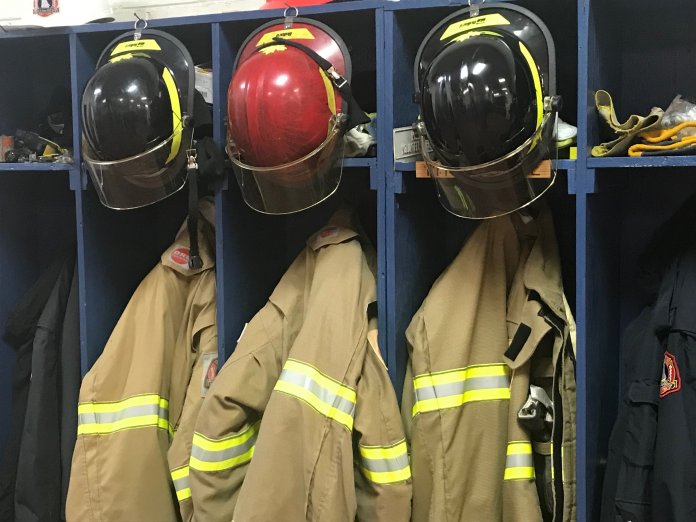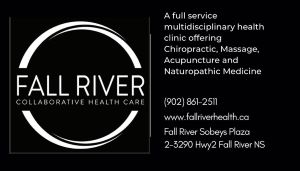NS: With spring approaching, the warmer and drier weather will increase the risk of wildfires. In 2021, provincial firefighters fought 113 wildfires covering 197 hectares across Nova Scotia.
Provincial burn restrictions come into effect Tuesday, March 15.
“As a former municipal fire chief, I know prevention is the best way to reduce the risk of wildfires. Restrictions are in place for the safety of our homes and communities. Burning is only permitted when it poses the lowest possible fire risk,” said Natural Resources and Renewables Minister Tory Rushton.
“I encourage all Nova Scotians to check before they burn and follow safe and responsible burning practices for outdoor fires,” said Rushton.
The BurnSafe map will be updated each day at 2 p.m. to show if burning is permitted that day. The burn restrictions will be indicated by the following:
— if a county is shown in green, burning is permitted after 2 p.m.
— if a county is shown in yellow, burning is permitted after 7 p.m.
— if a county is shown in red, burning is not permitted that day.
The map will appear grey between 8 a.m. and 2 p.m. each day to indicate burning is not permitted in Nova Scotia.
The BurnSafe map shows provincial restrictions, which cover domestic brush burning and campfires. Restrictions do not apply to campfires in licensed private, municipal or provincial campgrounds with proper campfire facilities.
Restrictions are also available by recorded message by calling the toll-free phone line at 1-855-564-2876 (BURN).
In an emergency, wildfires can be reported by calling 1-800-565-2224 or 911.
Quick Facts:
— burn restrictions are in place each year from March 15 to October 15, when the risk of wildfires is highest
— residents should check municipal bylaws before burning, as rules may vary
— weather, temperature and humidity data are collected from more than 30 stations across the province daily to calculate fire risk and determine burning restrictions
— industrial burning, which includes clearing agricultural land, clearing blueberry fields over two hectares in size, or burning brush piles larger than two by three metres, requires a permit from the Department of Natural Resources and Renewables
Additional Resources:
BurnSafe map: https://novascotia.ca/burnsafe
Nova Scotia wildfire statistics: https://novascotia.ca/natr/forestprotection/stats.asp

